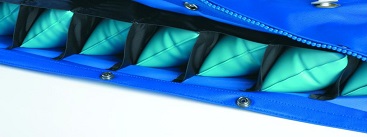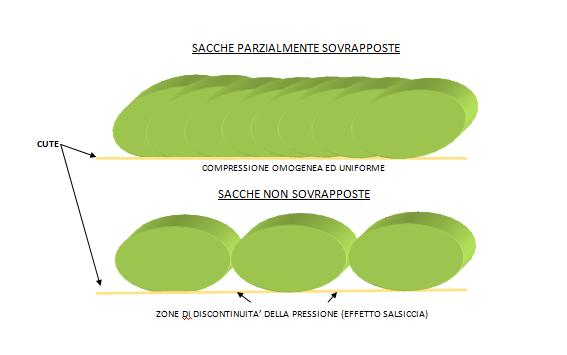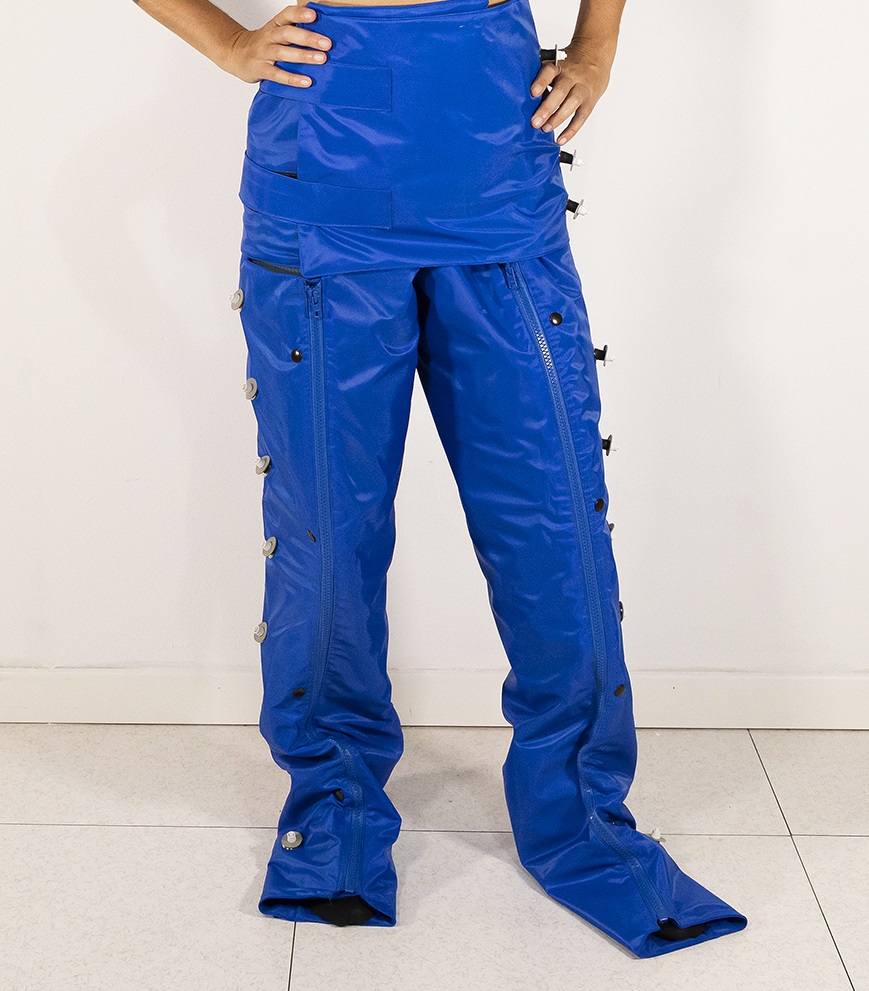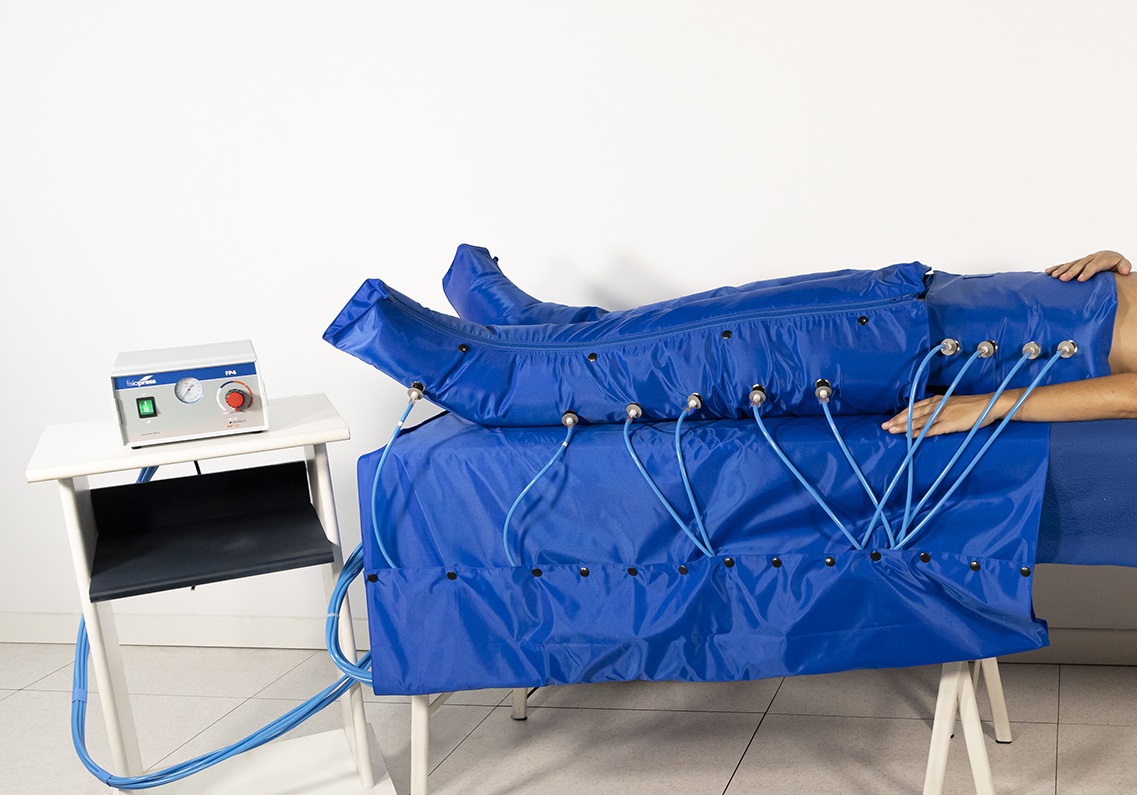LIPOEDEMA
Lipoedema is a condition that mostly affects women and is characterised by a symmetrical swelling in the legs, thighs and buttocks and sometimes the arms. It is rare in men.
Lipoedema can be extremely painful. The affected areas can be tender and there is a general tendency to bruise easily. Over time, lipoedema can result in fluid retention in the affected parts, resulting in a medical condition called lymphoedema.
Although it has not been confirmed, it is thought that lipoedema may have a genetic basis, as in some cases there is a family history of the condition.
Sometimes lipoedema is mistaken for excessive lymphoedema, weight gain, obesity or cellulite or is assumed to be due to a lack of exercise. Lipoedema can have a significant impact on quality of life.
Symptoms of lipoedema
Lipoedema occurs because of the way that fat (adipose tissue) is distributed under your skin. Fat is distributed unevenly in your legs and buttocks instead of in a regular pattern. Commonly there is a fatty area on the inside of the knees and the outside of the hips.
If you are affected by lipoedema:
your legs appear symmetrically swollen – swelling can occur from the hips down to the ankles and your legs appear column-like; the feet are not usually affected
affected areas feel 'spongy' and cool and the skin is generally soft and subtle
you bruise easily in the affected areas
you may have small varicose or spider veins in the affected areas
your legs and other affected areas are sensitive to touch
your legs and other affected areas hurt and feel uncomfortable – swelling may become worse in the afternoon, evening, after activity or in hot weather.
People with lipoedema may find it difficult to walk or to participate in physical activities, exercise and other aspects of everyday life. Restrictions in mobility may contribute to people with lipoedema developing low self-esteem and other problems such as anxiety, as well as restricting their social life. Buying clothes is often difficult for people with lipoedema, as their upper and lower body are very different in size.
Causes of lipoedema
The irregular build-up of fat cells that is seen in lipoedema can occur in people in all weight ranges, from those who are excessively overweight to those who are underweight. It can also affect those who have an eating disorder such as anorexia.
The causes of lipoedema are still not clear, but may be related to female hormonal changes. You also have a greater risk of developing the condition if the women in your family are affected by lipoedema. Lipoedema may develop or get worse:
at puberty
when you are pregnant
after surgery – trauma can be a trigger for lipoedema
during menopause.
CONSERVATIVE TREATMENT
Conservative treatment includes a complete array of non-surgical approaches to treating lipedema and lymphedema, and is often referred to as Comprehensive Decongestive Therapy (CDT). CDT is effective in treating lymphedema, lipolymphedema and edema (swelling) from lymphatic compromise and from venous insufficiency. It is a combination of manual lymph drainage (MLD), bandaging exercises and skin care.
CDT may also involve breathing exercises, compression garments and dietary measures. Cancer patients who have had radiation or surgery to treat cancer often develop secondary lymphedema that requires CDT. This treatment can relieve edema, fibrosis, and their accompanying pain and discomfort. For patients who have lipedema but do not have lymphedema, CDT along with diet and exercise can help curtail the progression of the disease.
Manual Lymphatic Drainage (MLD)Manual Lymphatic Drainage is a unique therapeutic method of stimulating lymphatic fluid movement in the tissues. MLD is a gentle, rhythmic massage that follows the direction of lymph flow and can reduce swelling almost immediately. It assists the lymphatic system in removing fluids, waste products, protein particles and debris. MLD can also be used to break up fibrosis in a limb with lymphedema. The technique was created by Danish therapists Dr. Emil Vodder and Estrid Vodder in the 1930s.
Massage Therapy
While MLD is a specialized form of massage designed to support the lymphatic system, regular massage can be helpful in breaking up fibrotic areas where connective tissue begins to harden. Massage can support reduced pain and increased mobility for patients with lipedema and lymphedema.
Compression Garments
Compression garments are considered the gold standard for conservative lymphedema treatment. Most lymphedema patients need to wear compression garments 24 hours a day in order to keep swelling down and retain the benefits of techniques such as MLD. Typical compression garments for lipolymphedema are tight elastic stockings that encourage movement of the lymph fluid through the lymphatic system. Compression garments are also recommended for lipedema management. While these garments won’t reduce the adipose accumulation, they can help in maintaining and managing the condition.
Pneumatic Compression Device
Pneumatic compression therapy devices consist of an inflatable garment for various parts of the body and can include each arm, each leg, the trunk, or the chest and an electrical pneumatic pump that fills the garment with compressed air. The garment is intermittently inflated and deflated with cycle times and pressures that vary between devices. This moves the lymphatic fluid and supports its elimination. Often used as home-therapy in addition to Complete Decongestive Therapies to treat lymphedema or lipolymphedema. It can be helpful in preventing the progression of lipedema.

Sequential Compression Therapy in lymphedema
It is a method used in the medical field to perform a massage on the lower and upper limbs, draining fluids along the periphery (foot or hand) - center (hip or shoulder) direction, or in medical terms from distal to proximal direction.
The device performs a massage through a pressure wave and applied to the limbs, using special terminals (leg/feet sleeves, arm sleeves, abdominal bands) equipped, internally, with pneumocompressive bags inflated by recommended pressure.
The working mode of the device is called “operative cycle” which mustempties the limb from the fluids that stagnate in a natural, physiological way.
That is the SEQUENTIAL CYCLE, which starts from the periphery of the limb and reaches the base of the limb, successively inflating the pneumatic bags one after the other and keeping them inflated: at this point the simultaneous deflation of all begins the bags. After emptying, the compression cycle starts again.

Sequential cycle
It is necessary that the internal bags are perfectly aligned and parallel, but above all it is very important that they are PARTIALLY OVERLAPPED, so that no gaps are created between two contiguous bags when they swell.
Partially overlapping internal pneumatic bags
It is also important that the pressure inside the sectors into which the arm sleeves and leg sleeves are divided is perfectly homogeneous in order to avoid any stagnation or discontinuity. The DASC system guaranteed by Fisiopress allows this through a sophisticated mechanism inside the equipment, which connects all the sectors as they inflate, so that the air, flowing from one sector to another, keeps the pressure perfectly homogeneous in all sectors, at the moment inflated.


Internal connection system to the D.A.S.C.
The duration of the sequential inflation and deflation phases has its importance: in fact, a cycle that is too long creates discomfort for the patient who feels the unpleasant sensation of compression, especially in cases where the use of the equipment at rather high pressures is required.
If the cycle is too fast, it risks losing its effectiveness and annoying for the patient.
International literature fixes the optimal duration of the operating cycle at around 30 - 60 - 120 seconds.
As regards the method of using a sequential pressotherapy device, both Italian and European guidelines are available, made available by the various Scientific Societies responsible for such studies (Lymphology, Phlebo-Lymphology, Angiology).
This method can be used both in an outpatient and home setting which certainly makes it more accessible to the patient.
In the outpatient setting, treatments of 10 - 15 sessions are generally performed at least 2. 3 times a week and lasting at least 30 minutes each. Since the pathology is chronic, these therapeutic cycles must be repeated two or three times a year.
In the home care use it is important to follow the prescriptions of the doctor who knows the patient's pathological situation

Examples of home care compression therapy
Professional arm sleeve

Professional equipment applied to the lower limbs



